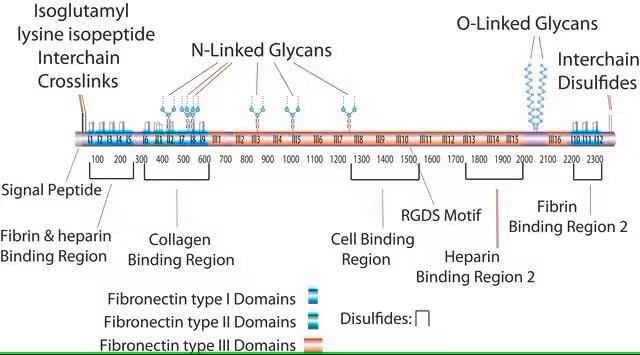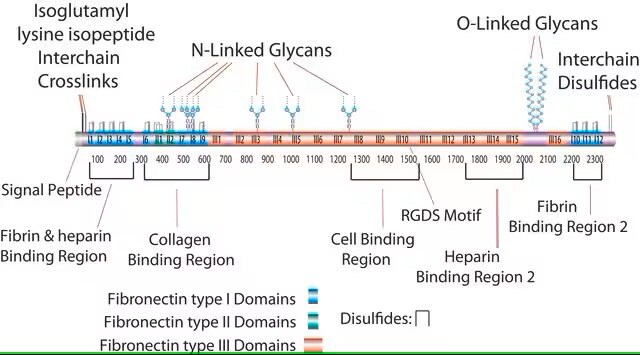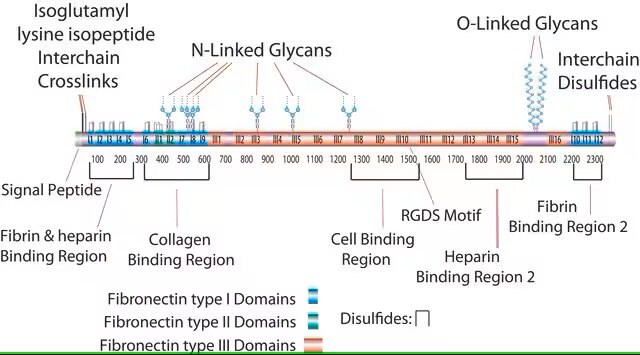F0287
Fibronectina
lyophilized powder, 70 kDa
Sinonimo/i:
Fibronectin
About This Item
Prodotti consigliati
Origine biologica
human plasma
Livello qualitativo
Saggio
>90% (SDS-PAGE)
Stato
lyophilized powder
PM
70 kDa
Confezionamento
pkg of 0.5 mg
tecniche
cell culture | mammalian: suitable
Impurezze
HIV and HBsAg, source material tested negative
Small proteolytic fragments, may contain traces
Solubilità
water: soluble ≥0.500 mg/mL, clear to slightly hazy, colorless
N° accesso UniProt
Condizioni di spedizione
ambient
Temperatura di conservazione
−20°C
Informazioni sul gene
human ... FN1(2335)
Cerchi prodotti simili? Visita Guida al confronto tra prodotti
Descrizione generale
Applicazioni
Azioni biochim/fisiol
Avvertenza
Nota sulla preparazione
Avvertenze
Warning
Indicazioni di pericolo
Consigli di prudenza
Classi di pericolo
Eye Irrit. 2 - Skin Irrit. 2 - STOT SE 3
Organi bersaglio
Respiratory system
Codice della classe di stoccaggio
11 - Combustible Solids
Classe di pericolosità dell'acqua (WGK)
WGK 3
Punto d’infiammabilità (°F)
Not applicable
Punto d’infiammabilità (°C)
Not applicable
Scegli una delle versioni più recenti:
Possiedi già questo prodotto?
I documenti relativi ai prodotti acquistati recentemente sono disponibili nell’Archivio dei documenti.
I clienti hanno visto anche
Articoli
Extracellular matrix proteins such as laminin, collagen, and fibronectin can be used as cell attachment substrates in cell culture.
Protocolli
Dilute fibronectin to the desired concentration. Optimum conditions for attachment are dependent on cell type and application. The typical coating concentration is 1 – 5 ug/cm2.Fibronectin coating protocol, products, and FAQs at sigmaaldrich.com
Dilute fibronectin to the desired concentration. Optimum conditions for attachment are dependent on cell type and application. The typical coating concentration is 1 – 5 ug/cm2.Fibronectin coating protocol, products, and FAQs.
Il team dei nostri ricercatori vanta grande esperienza in tutte le aree della ricerca quali Life Science, scienza dei materiali, sintesi chimica, cromatografia, discipline analitiche, ecc..
Contatta l'Assistenza Tecnica.






